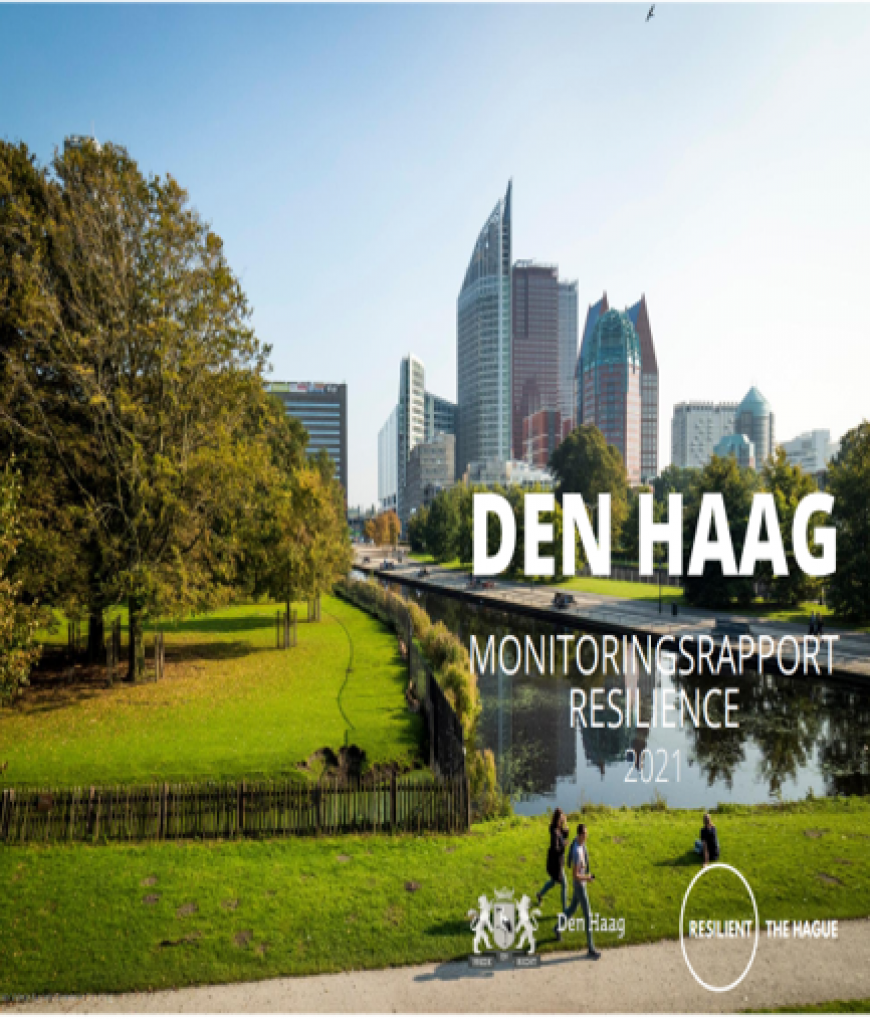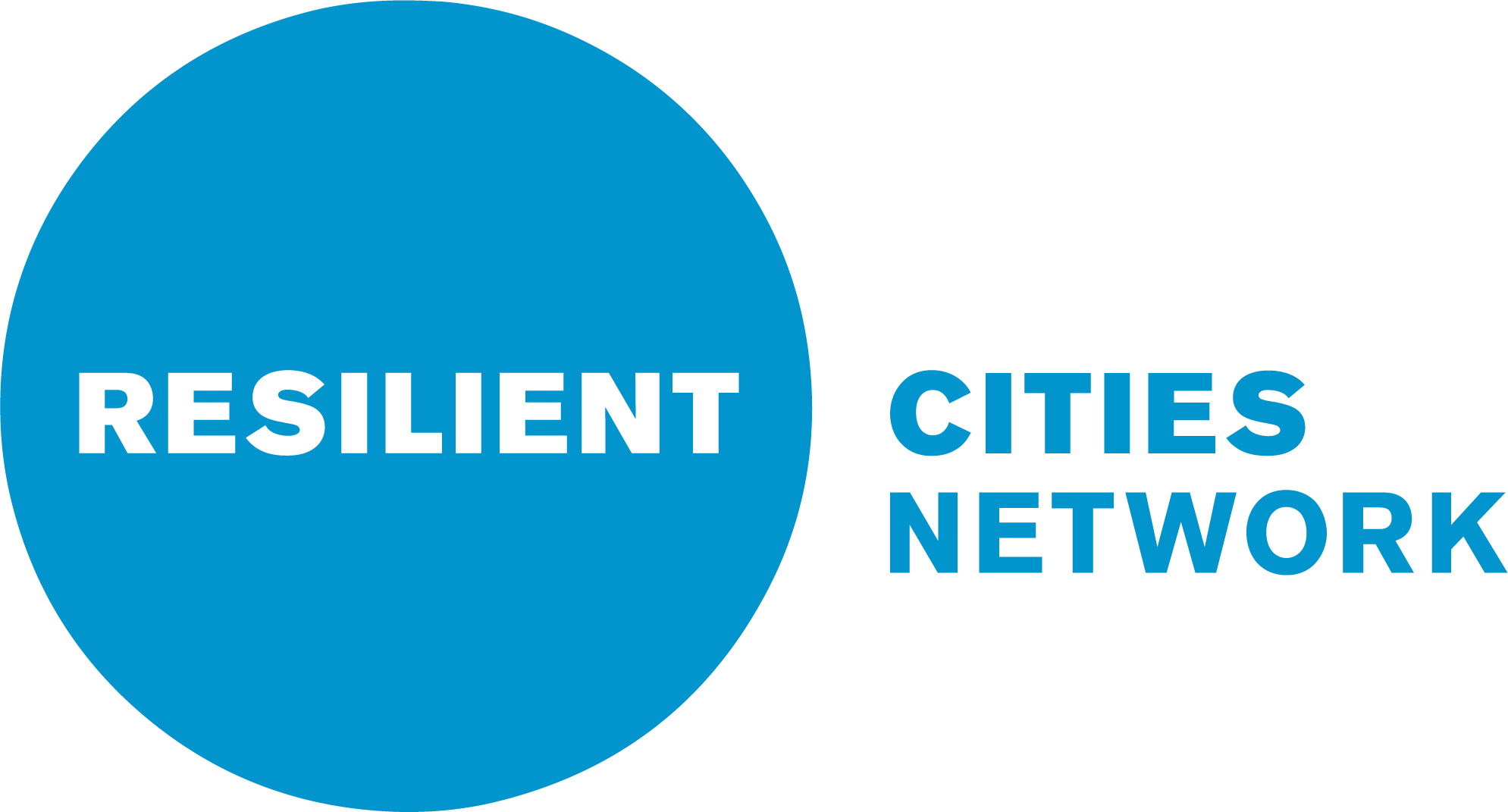
The monitoring report addresses two questions:
• How have the risks mentioned in the Hague Resilience Strategy developed?
• What is the status from the initiatives in the Hague Resilience Strategy?
To answer these questions, we drew on the various social impact analyses about the corona crisis, information from the Dutch Bureau for Statistics and the national planning agencies and the international World Risk Report of the World Economic Forum. Information on the progress of the initiatives was collected through interviews.
Risks
Like the Resilience Strategy, the monitoring report distinguishes between two types of risk: things that go wrong immediately, such as a cyber attack, extreme weather, a pandemic or attack. These are called shocks in the report. In addition, there are things that take place gradually that can have an impact on the functioning of a city in the long run such as climate change, undermining criminality, segregation or poverty. These are called stresses in the report. The corona crisis underlines the importance of considering these two types of risks in conjunction. In addition, existing stresses, such as poverty, loneliness and inequality of opportunity, amplify or arise from the consequences of the corona crisis. This ensures that certain residents or neighborhoods are hit harder than others.
Of course, the corona crisis is not the only risk. Cities worldwide have to deal with climate change, growth, a changing economy and an increasing cyber threat, among other things. The monitoring report describes on the basis of data and examples that The Hague is no exception. The developments described emphasize the importance for the Municipal Executive to make the city as resistant as possible to them. This responsibility is widely taken up, both in the city and by the municipal organisation. In addition to the municipal services, the Hague Resilience Program also contributes to this. The monitoring report mentions two risks that were not included in the Hague Resilience Strategy, but which were explicitly discussed in the sources consulted. These are (1) fake news & disinformation and (2) an accumulation of various shocks and stresses in young people.
The initiatives
The challenge to increase urban resilience is to make the above-described relationship between risks work in favor of The Hague. This can be done, for example, by opting for interventions that adapt the city to climate change and at the same time have a positive social impact. By taking initiatives that ensure that The Hague's economy becomes stronger and at the same time makes it more accessible to people with a distance to the labor market. By organizing the mobility of The Hague in such a way that residents can move in a sustainable way, while at the same time connecting residents of vulnerable neighborhoods with new opportunities to work and learn. By taking initiatives that connect residents, both as a source of happiness and help. In good times, such combinations increase the quality of the city and The Hague's society. In bad times, they dampen the impact of setbacks and contribute to a resilient recovery. In 2019, The Hague Resilience Strategy described a selection of 41 new and existing initiatives that manage to make the combinations described above. The monitoring report describes how these 41 initiatives have fared over the past 2 years, what lessons have been learned and takes a look at the near future of each initiative. The picture that emerges from this is that a large number of the new initiatives have been started, realized or expanded. The initiatives that already existed have developed further or have even been scaled up. There are also initiatives that have since been terminated. The lessons that this offers us are taken into account when developing others.
Click here for the full report

